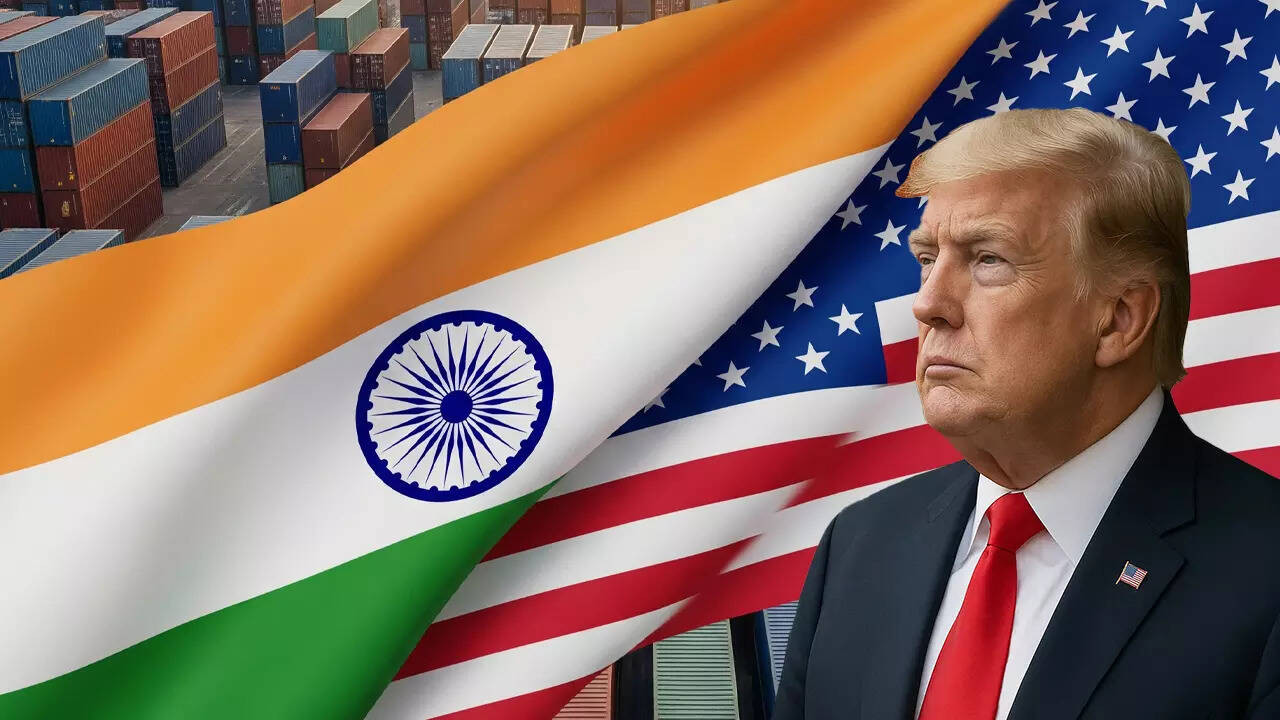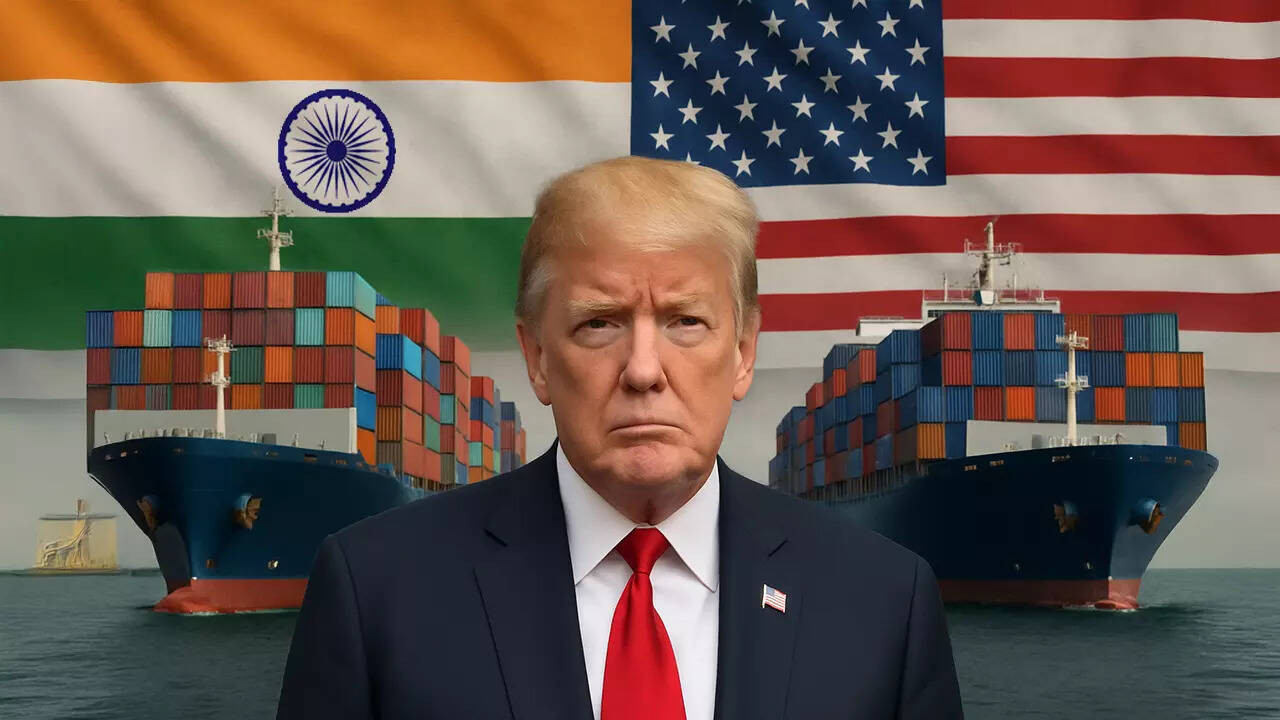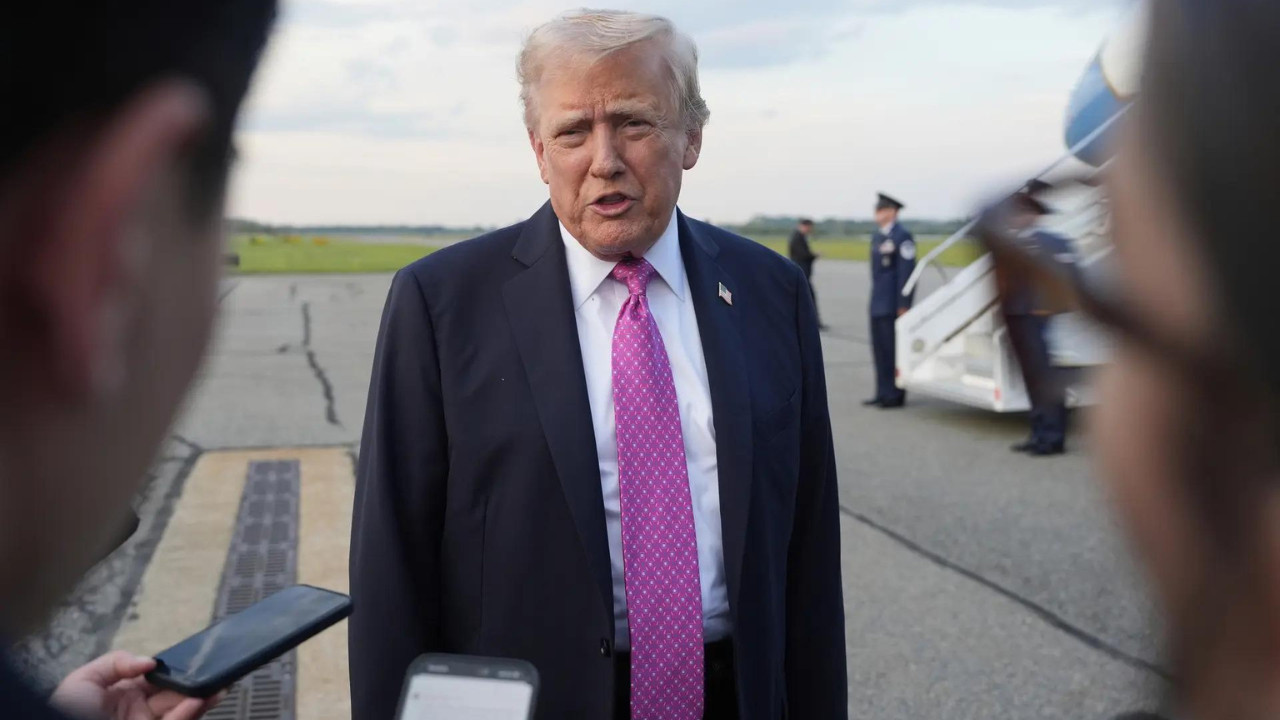The potential imposition of US tariffs on software exports is causing apprehension in India’s IT sector, which relies heavily on the US market. Experts warn this could lead to dual taxation and increased operational costs, exacerbating existing challenges from economic uncertainty and automation.
Navigating the Storm: Will Trump’s Policies Rock India’s Software Exports?
The winds of international trade are rarely still, and recent rumblings suggest a potential tempest brewing for India’s powerhouse software export sector. A return of Donald Trump to the White House has industry leaders bracing for a possible resurgence of protectionist policies that could significantly impact their bottom line. While nothing is set in stone, understanding the potential challenges on the horizon is crucial for businesses and stakeholders alike.
For years, India’s IT sector has thrived on providing cost-effective and skilled software solutions to global markets, particularly the United States. This symbiotic relationship has fueled economic growth on both sides, but the balance could be disrupted if the US decides to impose new tariffs or tighten visa regulations. Let’s delve into the core concerns.
The Tariff Threat: A Direct Hit to Profit Margins
The most immediate worry stems from the possibility of tariffs on Indian software exports. Imagine a scenario where every dollar of software service exported from India to the US is slapped with an additional tax. This added cost would inevitably erode profit margins, forcing Indian companies to either absorb the loss or pass it on to their American clients. Neither option is particularly appealing. Absorbing the loss impacts profitability, while increasing costs risks losing business to competitors from other countries. This is just one reason why protecting India’s software exports is so vital.

The impact wouldn’t be confined to just the large IT giants. Small and medium-sized enterprises (SMEs), which form a significant portion of India’s export landscape, could be particularly vulnerable. These smaller players often operate on tighter margins and have less capacity to absorb sudden cost increases. A tariff shock could potentially stifle their growth and innovation.
The Visa Tightening Vise: Stifling the Flow of Talent
Beyond tariffs, potential changes to visa regulations pose another significant challenge. The H-1B visa, a lifeline for Indian tech professionals seeking opportunities in the US, has often been a target of scrutiny under previous Trump administrations. Stricter visa requirements, longer processing times, or outright reductions in the number of available visas could severely restrict the movement of skilled talent.
This restriction would not only impact the ability of Indian companies to deploy their workforce on-site at US client locations but also hinder collaboration and knowledge transfer. Imagine trying to build a complex software system remotely without the ability to have your best engineers working side-by-side with the client’s team. The efficiency and effectiveness of projects would undoubtedly suffer. Furthermore, increased visa costs can create yet another financial burden.
The Double Taxation Dilemma: A Persistent Headache
Even without new policies, the issue of double taxation remains a persistent concern. Indian companies operating in the US are often subject to taxes in both countries, leading to a financial strain. While tax treaties exist to mitigate this issue, navigating the complexities of international tax law can be challenging and costly. Any further complications in this area could exacerbate the financial burden on Indian IT firms.
Weathering the Storm: Strategies for Resilience
While the potential challenges are real, the Indian IT sector isn’t sitting idly by. Companies are actively exploring strategies to mitigate the risks, including diversifying their client base beyond the US, investing in automation and AI to reduce reliance on human capital, and strengthening their presence in other international markets. These strategies require long-term investment.
Furthermore, industry bodies are engaging with policymakers in both countries to advocate for policies that support fair trade and collaboration. This proactive approach aims to highlight the mutual benefits of the Indo-US IT partnership and prevent any knee-jerk reactions that could harm both economies.
Internal Link: You might be interested in reading about how global outsourcing trends are impacting Indian tech companies in our analysis of outsourcing and automation.
A Time for Vigilance and Adaptation
The potential return of protectionist policies in the US presents a complex challenge for India’s software export sector. Tariffs, visa restrictions, and double taxation all pose threats to the industry’s continued growth and prosperity. However, by proactively adapting to the changing landscape, diversifying markets, and engaging in constructive dialogue with policymakers, the Indian IT sector can navigate these turbulent waters and emerge stronger on the other side. The key lies in resilience, innovation, and a commitment to building sustainable partnerships across the globe.







